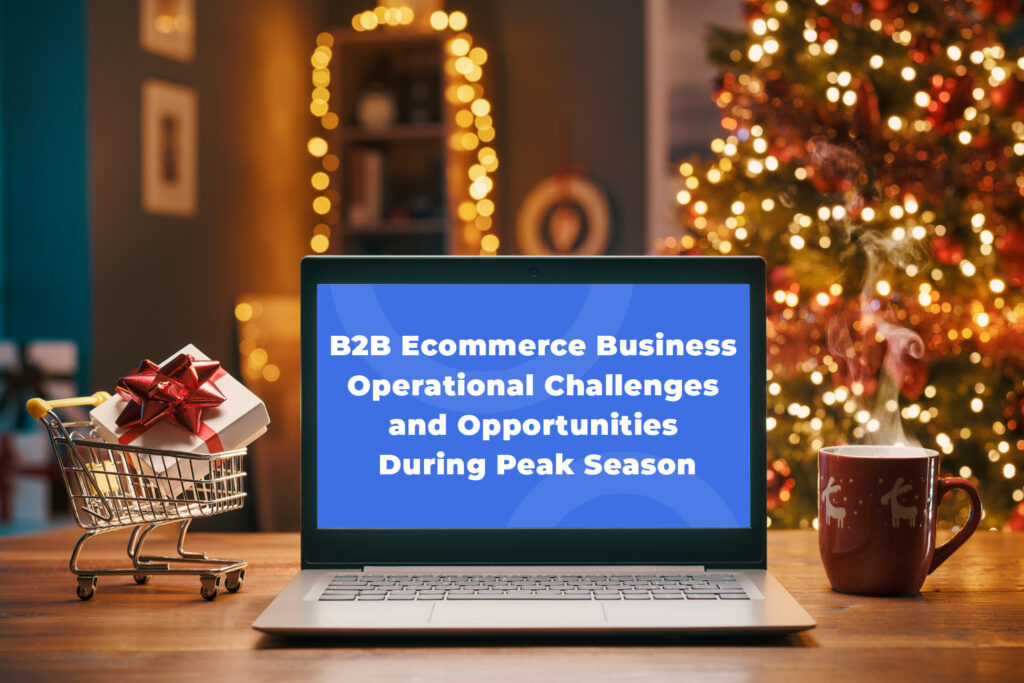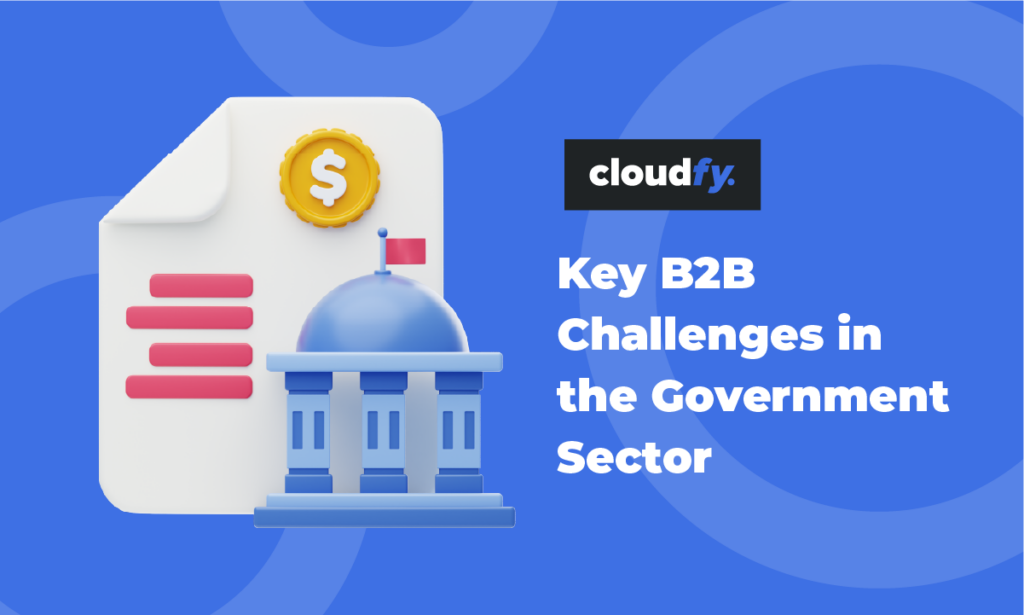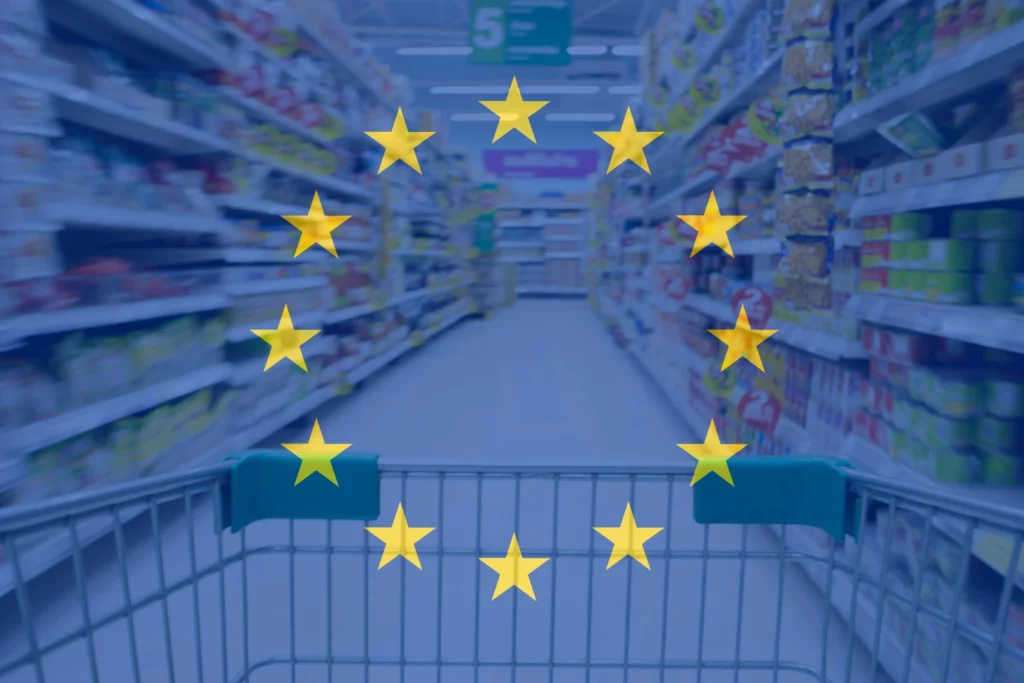The final quarter of the year is an opportunity for ecommerce businesses to increase sales and boost brand awareness. This isn’t only a retail phenomenon and business to business (B2B) ecommerce companies also need to be ready to cope with increased demand.
Inflation, supply chain disruptions and staff shortages will all add to the operational challenges you face this year. A recent survey found that many expect more disruption during this year’s peak season than last year.
Here are some of the things you might like to consider that could help address your complex B2B business challenges.
Cloudfy B2B Ecommerce Platform
A leading-edge software as a service (SaaS) solution like the Cloudfy B2B ecommerce platform helps you manage the additional business challenges you face at busy times to stay ahead of your competitors.
Cloudfy is a scalable solution with a powerful suite of tools designed for B2B operations that will help streamline your business and keep things running smoothly, no matter how busy things get.
Contact us today to learn more about how Cloudfy can help your B2B Business Platform during Peak Season.
Risk assessments – it’s well worth spending some time analyzing issues and possible risks from last year to guide you this quarter. This might include reviewing the performance of your sales channels and your most and least popular products. In uncertain times backup strategies and omnichannel sales could help you stay ahead of your competitors. Evaluating everything from the organization of your distribution centers to your marketing activities could help you anticipate problems and address them in advance.
Inventory management – meeting high levels of demand can put temporary pressure on your cashflow as you increase your stock levels. It’s essential to have a clear picture so you will need effective inventory management. You will need a reliable view of your actual versus forecast sales, easy to use displays, out of stock thresholds and back in stock alerts. Integration with your enterprise resource management (ERP) system will allow your customers to log in to see your stock availability, lead times and delivery information.
Supply chain challenges – even with a carefully planned forecast you could still face delays in deliveries that could affect your ability to meet peak season demand. One study found that more than seven out of 10 companies are experiencing supply chain challenges and increased costs.
To add to your issues this year there could be industrial action at ports and there’s the possibility of a further coronavirus outbreak. Making sure you have proactive leadgeneration plans in place and multiple alternative options to maintain your stock will help you to keep up with demand and meet your targets.
Sales cycle – with the year coming to an end the average B2B sales cycle of 102 days could feel too long. You can close deals more quickly with outbound marketing to identify and qualify potential opportunities that you can also carry forward into next year.
Fulfillment – advance preparation at your warehouses and fulfillment centers will certainly help to mitigate your supply chain issues and meet increased demand. Staff and material shortages might require extra flexibility and some creative solutions. Your financial reporting and forecasts will help you optimize inventory storage, improve your warehousing processes, and streamline onward deliveries with your logistics providers.
Packaging – all businesses are aware of the need to reduce their use of plastic which is increasing demand for other more environmentally friendly materials such as cardboard, wood, and paper. Russia and Ukraine are two of Europe’s biggest producers of sustainable and ethically managed paper fibre. Uncertain availability and increased energy prices mean packaging is likely to cost more this year and delivery times will increase.
Creating seasonal alternatives such as compostable packaging and sharing their benefits could be an opportunity to generate some positive messages for your brand. Proactively encouraging your customers to order all their seasonal products at once could also help to reduce packaging requirements and distribution costs.
Customer experiences – with the cost of acquiring new customers much higher than retaining existing customers, using your B2B ecommerce platform to encourage additional purchases makes sense. Make sure your content is clear and relevant and consider adding seasonal offers or options to delay purchases into the new year to even out demand.
Integrating your B2B ecommerce software and your customer relationship management (CRM) system can help you to promote more frequent or higher volume purchases. You can also test and gain insights into effective strategies for target groups of customers and products. Encourage customers to give permission to send them offers and promotions and actively reach out to those who haven’t purchased recently with relevant offers.
Deliveries – your buyers will want to know how and when their deliveries will arrive. However, many might prefer free delivery to fast delivery, so you should carefully assess your customers’ preferences. They might also be interested in alternative options to collect and return purchases which could increase flexibility and reduce costs. Above all, effective and transparent communication will help to manage customers’ expectations and minimize additional delivery status enquiries during your busiest period.
Returns – administering refunds and handling the product return process adds to your costs. If returns aren’t well managed you could lose customers and future sales and damage your reputation. In contrast, a transparent returns policy and an effective returns logistics process can help to build your reputation and improve customer retention.
You can also use information about product returns to improve your overall processes by asking for reasons such as faults, purchasing the wrong product, or ordering too many. These can all be helpful indicators that quality assurance issues need to be addressed or that product descriptions and minimum order quantities aren’t clear.
Choose a purpose-designed solution for your B2B ecommerce business
Most B2B ecommerce platforms are essentially retail software with a limited selection of trade-only features.
Cloudfy has been purpose designed from the beginning to meet the needs of manufacturers, suppliers and distributors. The easy to use dashboard allows you to automate your processes and reduce administration with a powerful range of self-service tools and out-of-the-box business systems integration to meet your B2B business challenges.
Discover the power of Cloudfy today. Book a free demonstration.






